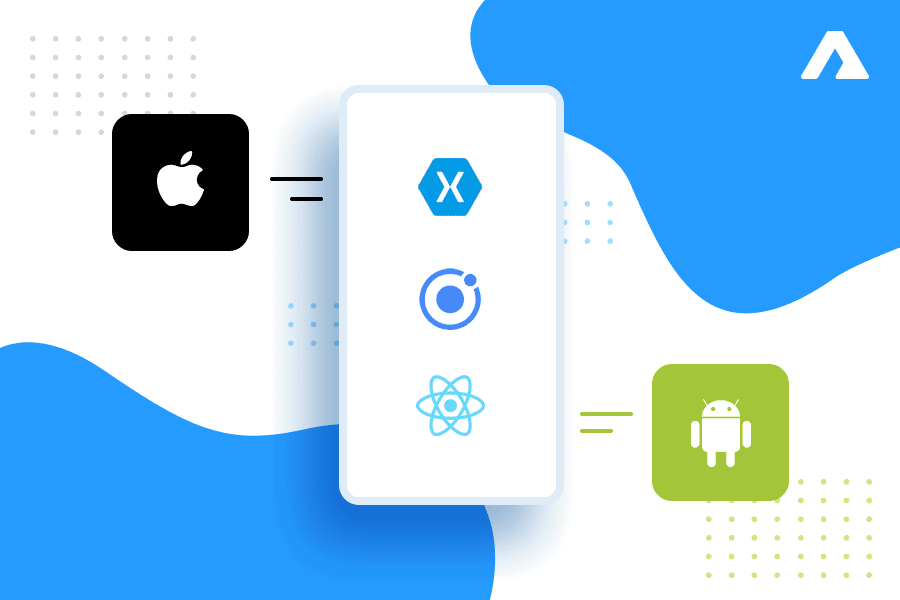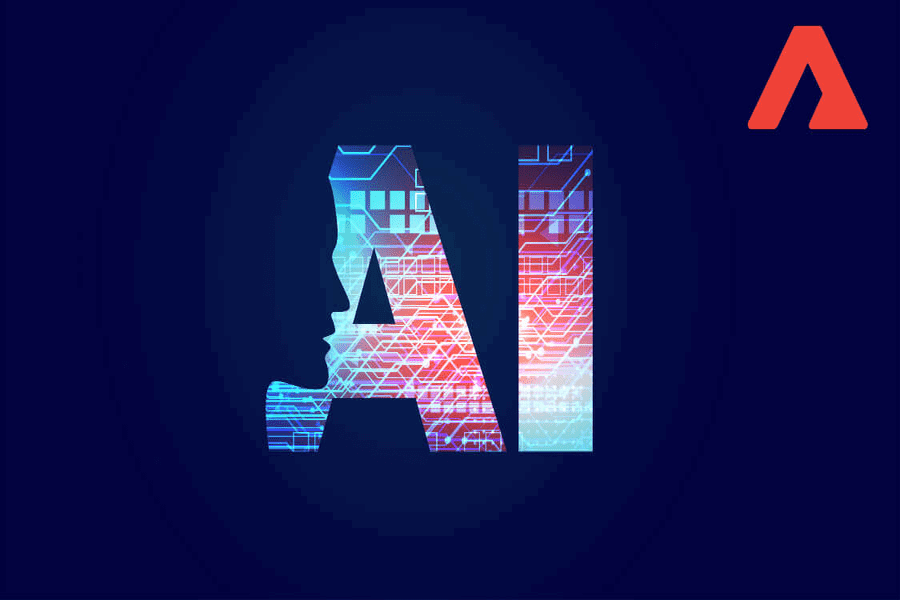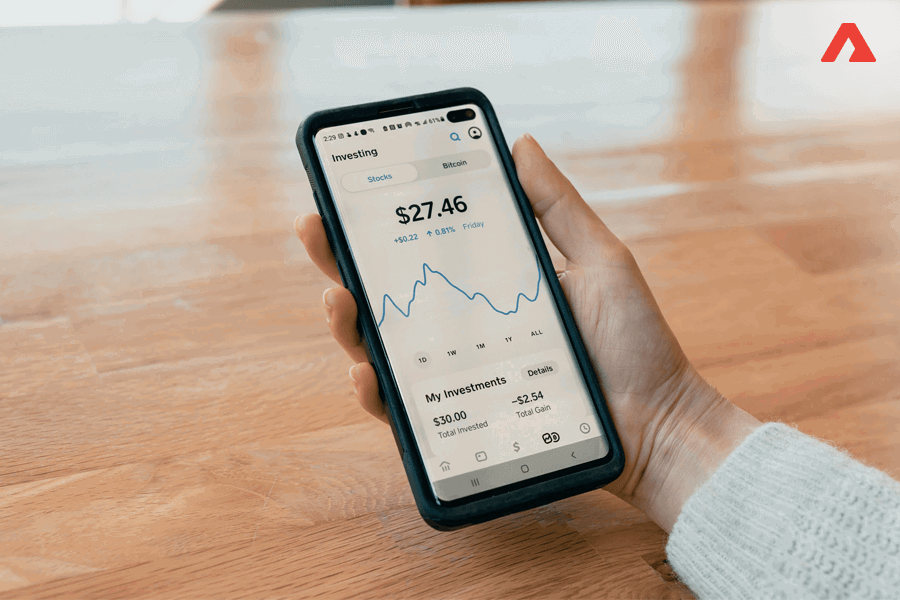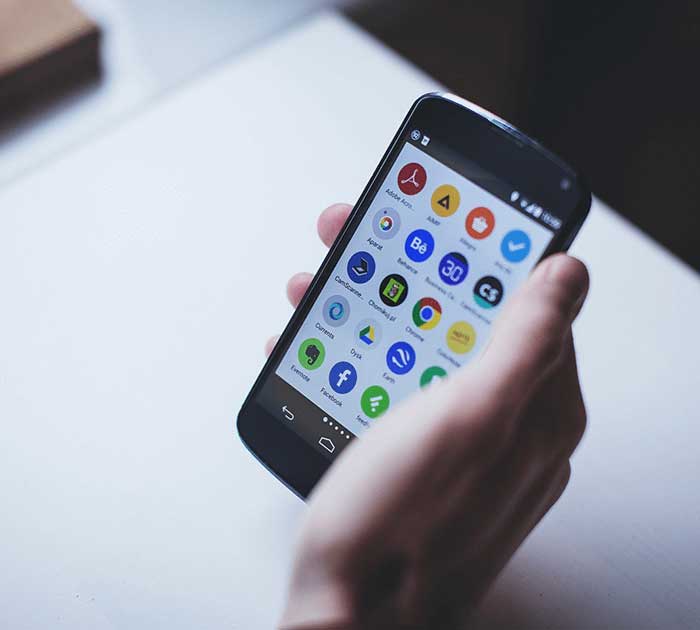The process of mobile banking app development is like the development of any other app. But in the case of m-banking apps, there is a lot of focus on standards and compliance.
In the case of product development, developers have to go through the following phases:
- App Planning
- Technology and team deployment
- UI/UX Design
- Development
- Deployment and Improvement
In the case of m-banking apps, safety, speed, and convenience are important characteristics. Modern consumers cannot do without these features.
A study has shown that mobile banking apps are now more important for users. This is so as they do not want to visit the bank branch for every service.
Thus, banks are trying to compete in the mobile app market to operate and grow.
App Planning
This the first phase of any product development. It sets a firm foundation for the following stages. This stage involves communicating the project features to all stakeholders.
The team also communicated the targeted outcomes and their approach. It is important to understand the causes of development. This is a significant phase to plan, budget, and team building for the project from scratch.
Phase 1. Technology and Team Deployment
In this phase, the teams create distinct and actionable plans. These are as per the strategy created in the pre-discovery phase. The phase is key as it contains crucial elements like the app architecture layout and technical specifications.
It also includes process flows/business flows, team assignments, and deployment. The specification of software requirements, detailed design plan, and evaluation of efficiency using PERT Analysis are also done in this stage.
Below are the details of the key elements of this phase:
- App Architecture
The app architecture is a precise explanation of the software system’s structure. It gives information about how the software should behave. It is a critical part of mobile banking app development.
App architecture allows the stakeholders such as developers, designers, project managers, and end-users to comprehend the system. If the stakeholders understand the system, then designing and implementation becomes simple.
It includes structural modelling that describes the fundamental static features of the system. Behavioral modelling includes the interaction in the system.
Architectural modelling includes the holistic framework of a system. It covers the behavioral and structural elements.
- Software requirements specification
It is a document that lays down the work of the software. It describes how a product will accomplish the user’s needs. An SRS includes a purpose, audience and a use case, overall description, product scope, definitions and acronyms, and specific requirements.
- Estimation of Project
This is the phase of mobile banking app development where the team concentrates on building the solution. The project team has a set of requirements and construction alternatives.
This includes the tools and technology, the component structure, and so on.Estimating the project can be difficult. To design and estimate, the team should know their deliverables, processes, and tasks in detail.
It aids in proposing a prediction of the time and money that you need to finish the project. This is critical information as the project managers need to balance the expectations, schedule product rollout, and build strategy.
Phase 2. UI/UX Design Phase
The most crucial aspect of this phase is Prototyping. This stage includes how the demonstrating product will look after development. The prototyping phase in the mobile banking apps mainly consists of UI/UX development.
In this stage, the developers visualize how the consumers use or engage with the final product.
Phase 3. Development Phase
Typically, a prototype development process includes the creation of some web app screens. They look like the model of your application. The lifespan of Prototyping is short.
Once the developers identify any shortfalls in design, they can put in place the feedback. This is an iterative process and it has alternative versions for continued improvement.
Minimum Viable Product (MVP) is the product version in which the developers include enough features to capture the product’s essence.
An MVP isn’t just a concept, but a genuine product that is short of some features but essentially displays the soul of the product.
It tries to solve the hassles for the initial users of the app. The idea is useful as it helps to get much more targeted feedback. The MVP is much more detailed and useful than a conceptual POC or a product prototype.
Methodologies of Product Development
There are many types of development methodologies to develop a banking app. One such model is the SCRUM framework.

This is a crucial framework that helps to develop complex products. It works for the smaller teams. This methodology looks to break the task into smaller goals that you can complete in the allotted time. The goals are also known as sprints. They last only a few weeks or some months.
Application Testing
Testing is one of the most crucial phases in app design. Within testing, the app should pass some quality gates before launch. They are as below:
a) Unit testing – The process includes the testing of the individual pieces or units of the source code. It is a fundamental method of testing that creates a foundation for mobile banking apps.
It breaks down the parts into small portions. It checks whether the basic usage and operating procedures are working correctly.
b) Integration testing – It is the phase where the software modules are connected in groups. This is a form of testing which is carried out to assess the working of selected components according to the functional requirements.
Integration testing is essentially done after unit testing as the components can be scaled up for creating larger groups for testing further. It is a key phase for component readiness.
c) Automation testing – This testing does not need physical time or effort to confirm that the software code behaves as per plan. The manual testers make records of the findings.
In the case of automated testing, it is less repetitive and is not a time-consuming process since it is conducted using an automated tool.
d) Penetration testing – This is the last quality gate. In penetration testing, the functions of the new releases undergo stringent penetration testing. This ensures that the system performance does not get compromised.
Penetration test takes advantage of system vulnerabilities. Penetration testing also includes network penetration testing along with app security testing. This validates the robustness of the app.
Mobile Application Security Requirements
In the case of mobile apps, the security procedures are very stringent. This is true during the development phase as well. Data should be securely kept within a secured perimeter.
The access procedures should be laid down clearly and the access must be restricted. This prevents any interference with the system.
The best practices for app security include anonymization of access and segregation of duties. Passwords should be secured using the Continuous Integration Continuous Deployment (CCID) process.
Mobile banking apps hold valuable and sensitive consumer information. Thus, there is a huge burden on the security of the product. The banking app is a doorway into the financial system, and the emphasis of the developers on maximum security is justified.
A major industry requirement that drives this much security is Know Your Customer or KYC. This system involves the financial services professionals attempt to understand their customers.
They need to evaluate the risks to do business with their customers. Thus, they try to get verification and customer documents to maintain trust. The industry standards force mobile banking app developers to stick to strict oversight standards.
Phase 4. Deployment and Improvement
This stage starts after the development of technical aspects of the product. The developers understand the value proposition. They know the way to support their product with convincing web page copy or landing pages and other sales materials.
At this phase, the product owners are tapping into a new set of skills within the organization. This is marketing the product. They now try to draw their customers in by educating them, informing them about the product, and creating an angle of aspiration to make them buy the product.
As the market is becoming fiercely competitive, there are some sales tools that developers use. They should convincingly advise the customers that the product will be life-changing for them.
Thus, the owners market the final product using the press materials, educational customer communication, and internal launch communication, thorough product materials like video guides and literature, and up-to-date product web pages.
Continuous Improvement of Apps
And as more and more customers are showing interest in mobile banking, there are chances that there is going to be a large market for it in the future. Thus, continuous improvement is a natural part of the mobile banking app development process.
Even after the launch day, the apps are continuously improved. This happens as the developers find the need to change the app features, its pricing, and its positioning.
As the product becomes older, you need ways to re-invigorate interest. Each of the apps goes through its life cycle which involves the 4 stages of introduction, growth, maturity, and decline.
Apps also continuously receive customer feedback. The design process might have been detailed and inclusive, but there is a chance that a few things might go slightly wrong when the customer is using the product. During mass usage, the product is put to the real test.
How much does it cost to develop a banking app?
As per estimates, the average cost of creating simple banking apps is $50,000. But higher-level or more developed apps cost around $150,000. The average time of development is a minimum of 10 weeks.

One of the more expensive methods includes creating an own internal team that designs and implements the app. The method has higher costs of hiring a team, and the team is not as useful after the app is developed.
Thus, mobile banking app development services are a great way to save costs of development.
External banking app development teams give the advantage as they are specialists in the field and they create an efficient process for app development.
They bring their expertise in project management, coding, and user experience design to the table. They also promise security and quality.
What are the features of a successful Mobile Banking App?
The best m-banking apps have some key features. They should promise high security, and give high control to the consumer. Below are the top features of the best apps:
- Unified and safe login
- Holistic account management tools
- Alerts and notifications
- Informative Chatbot
Synopsis
Mobile banking apps now give more and more control to consumers. Thus, customers prefer account management tools and spending habit management tools.
Along with this the mobile banking apps also perform regular jobs like balance checks or statement management. The best mobile banking app development should take care of all these aspects.
All product and company names are trademarks™, registered® or copyright© trademarks of their respective holders. Use of them does not imply any affiliation with or endorsement by them.




 Insurance
Insurance

























